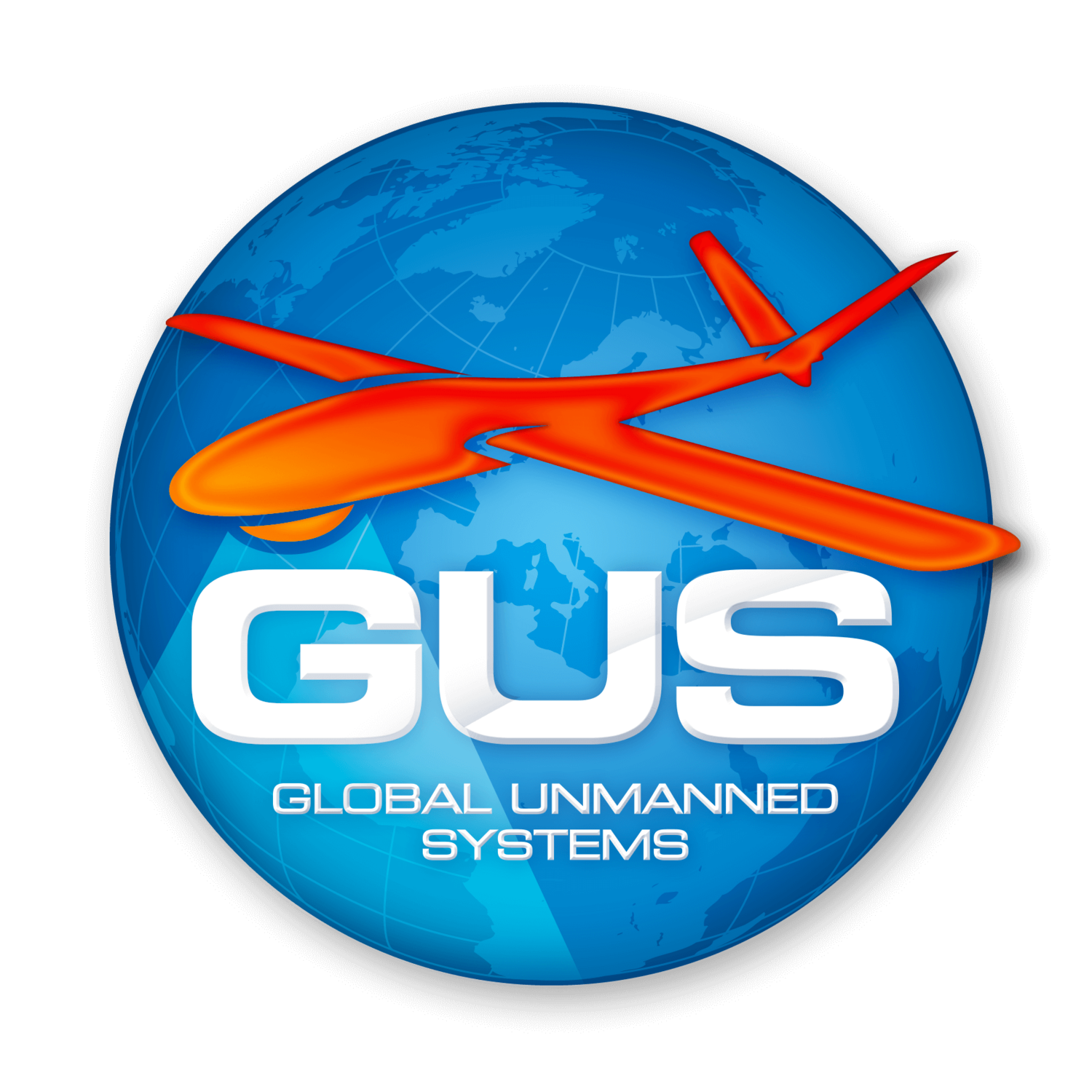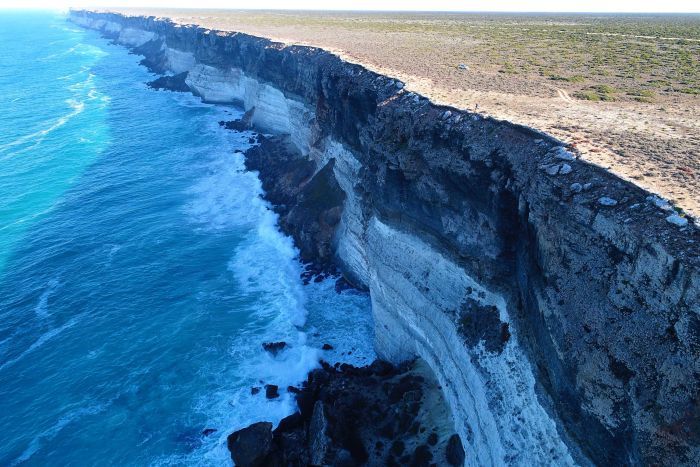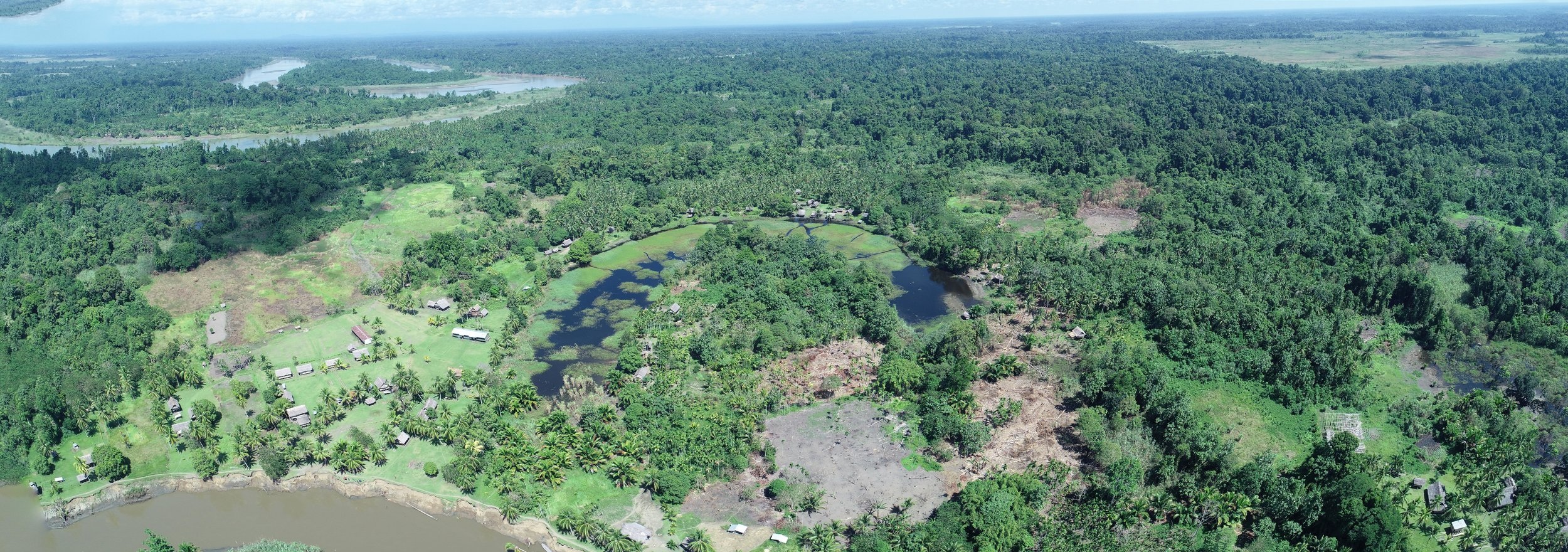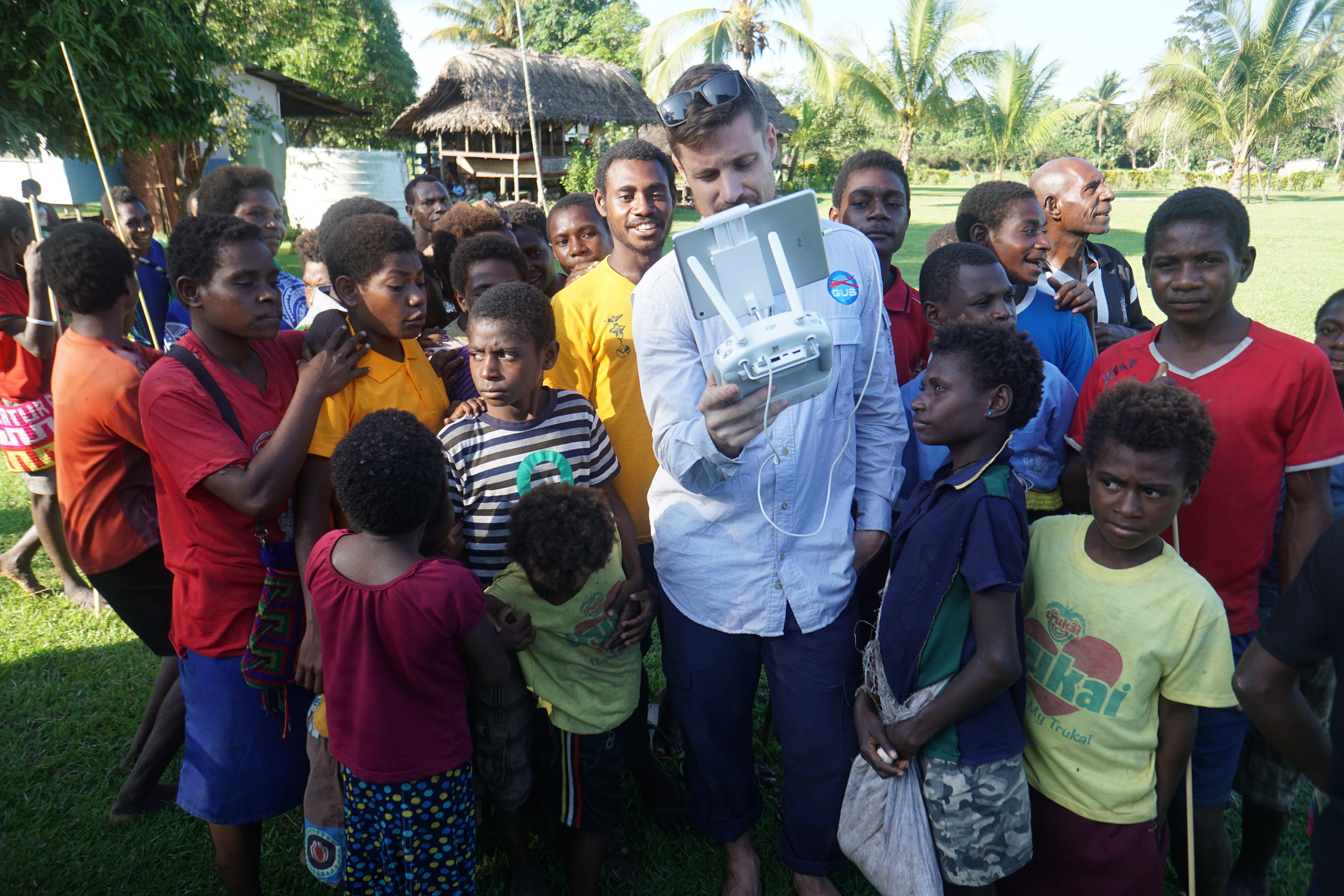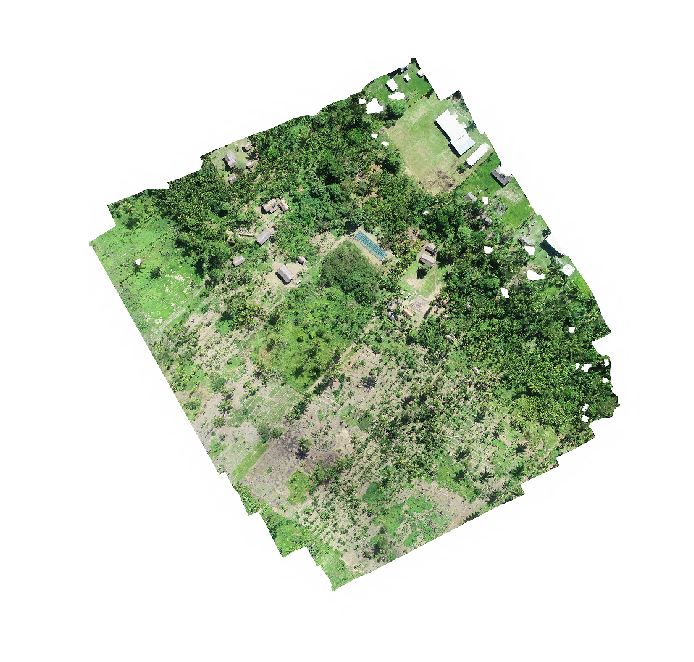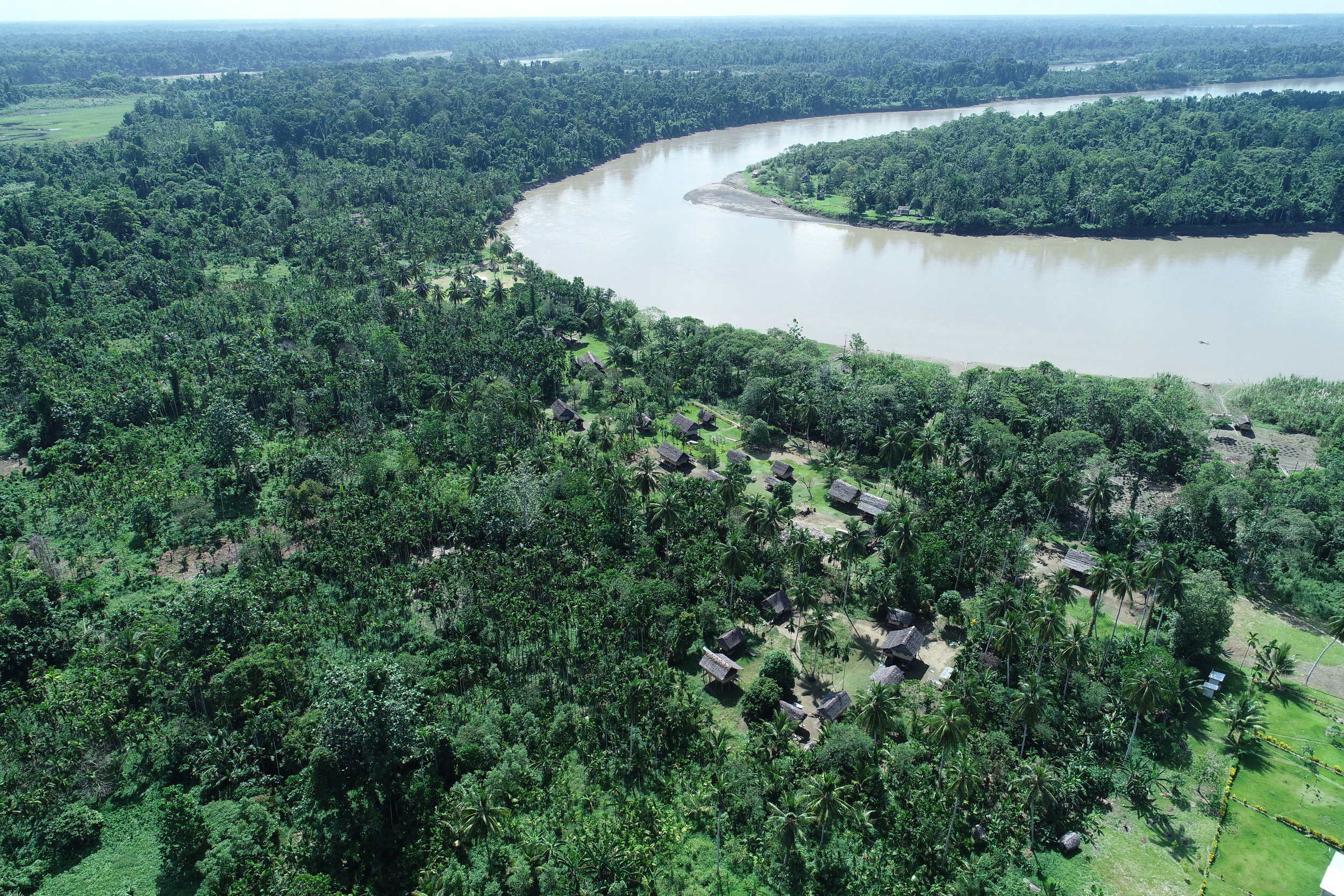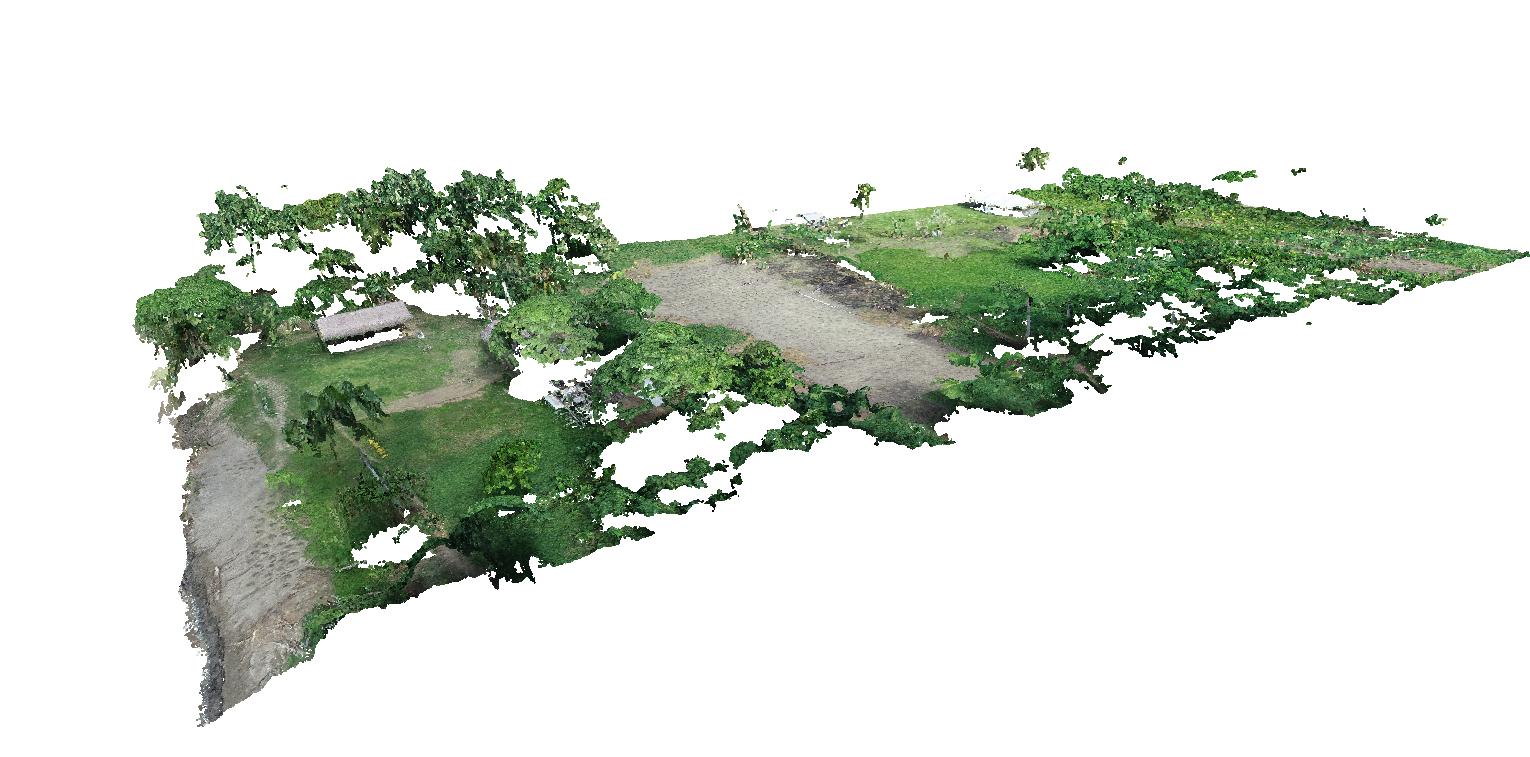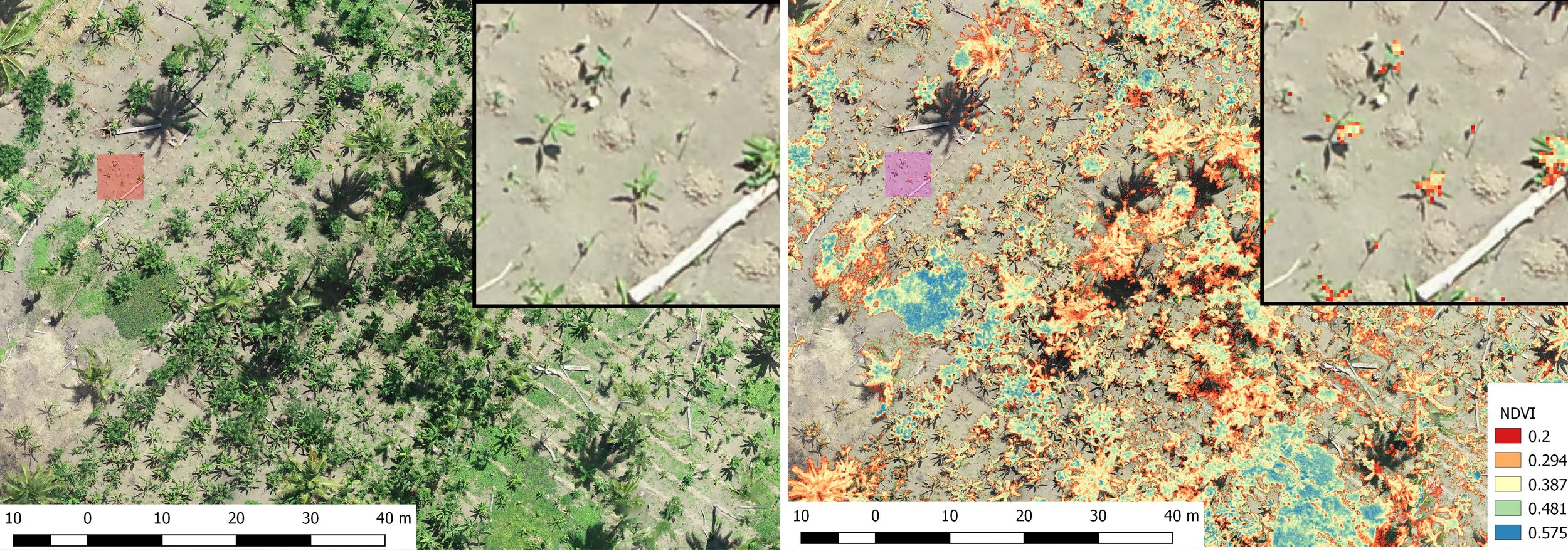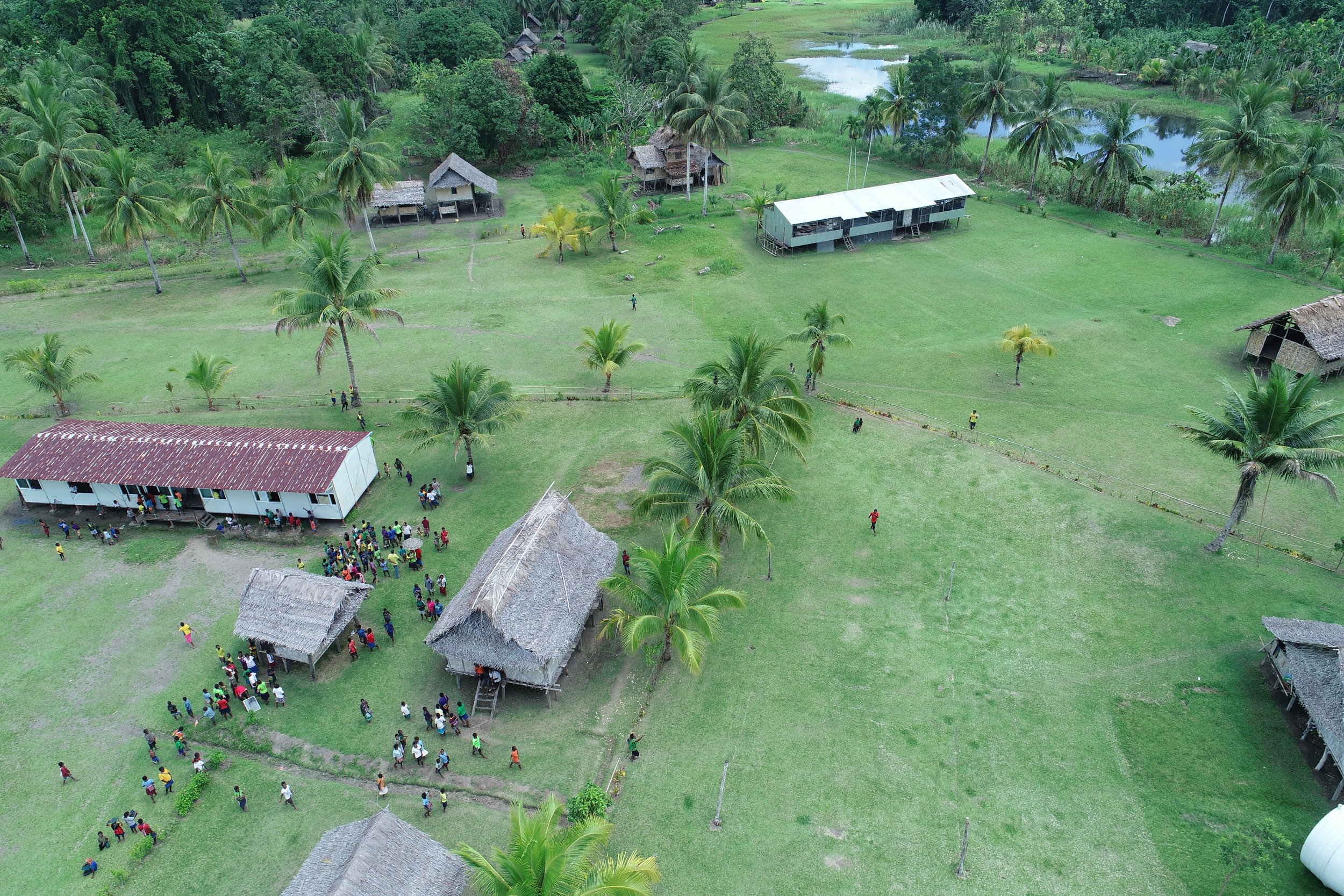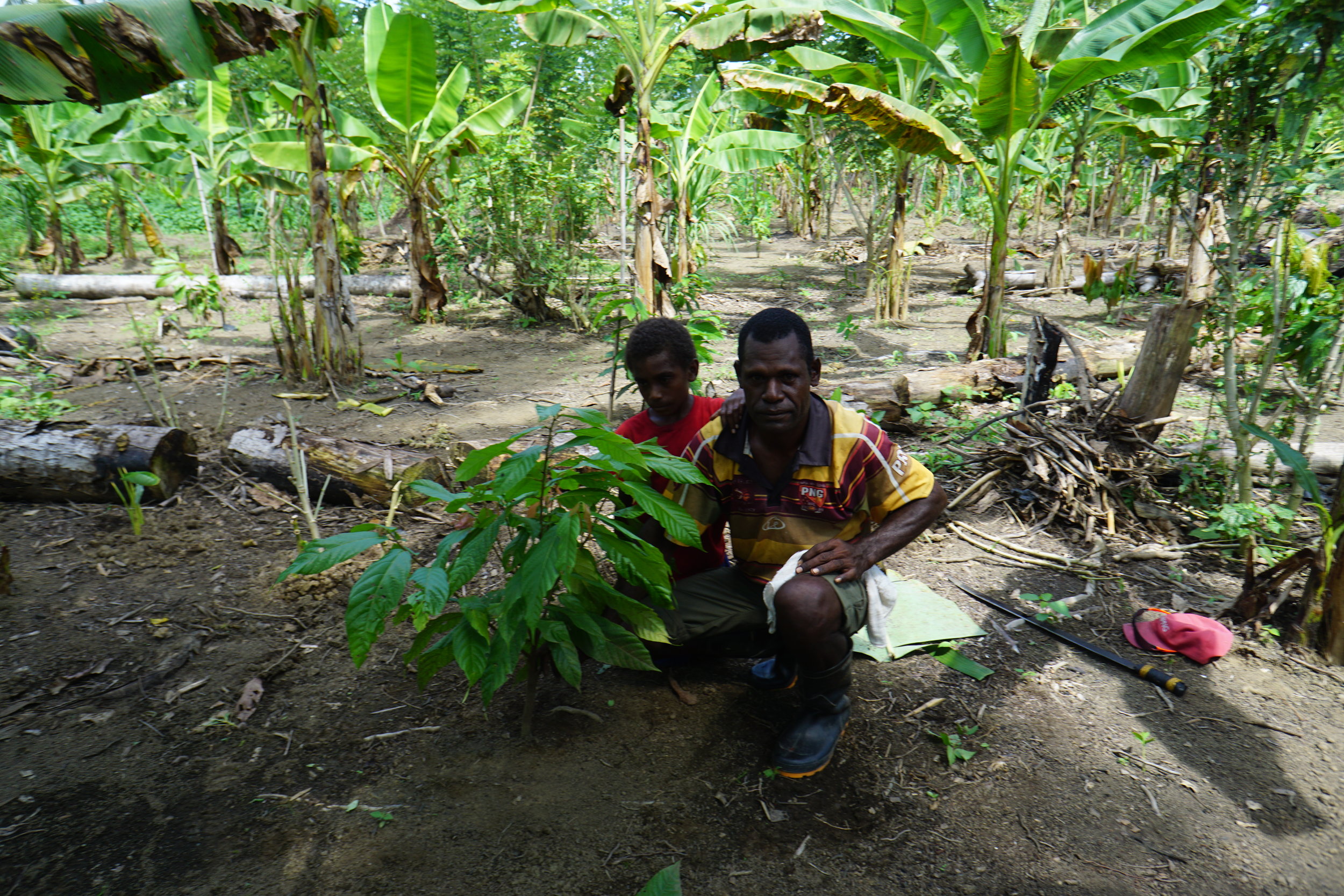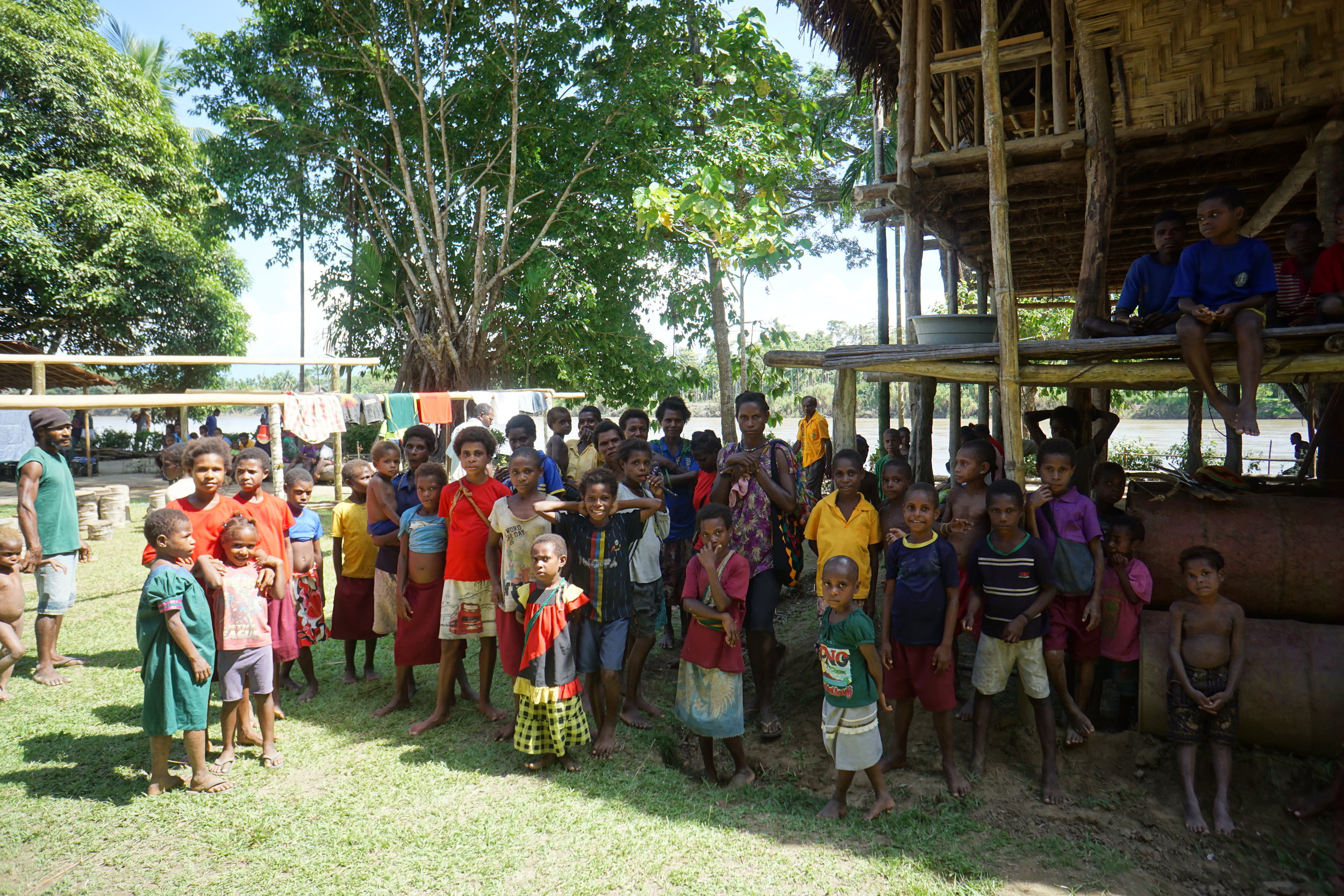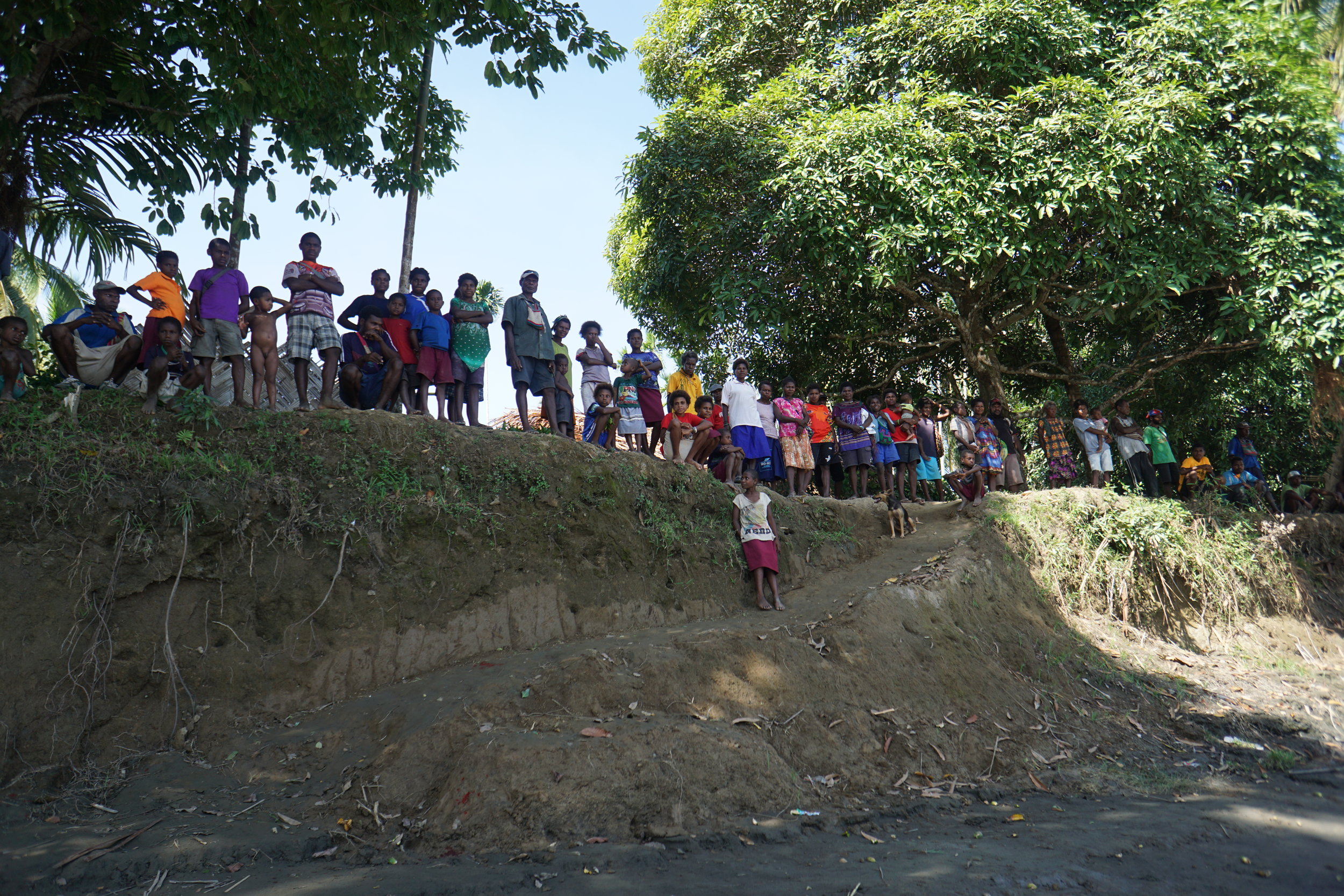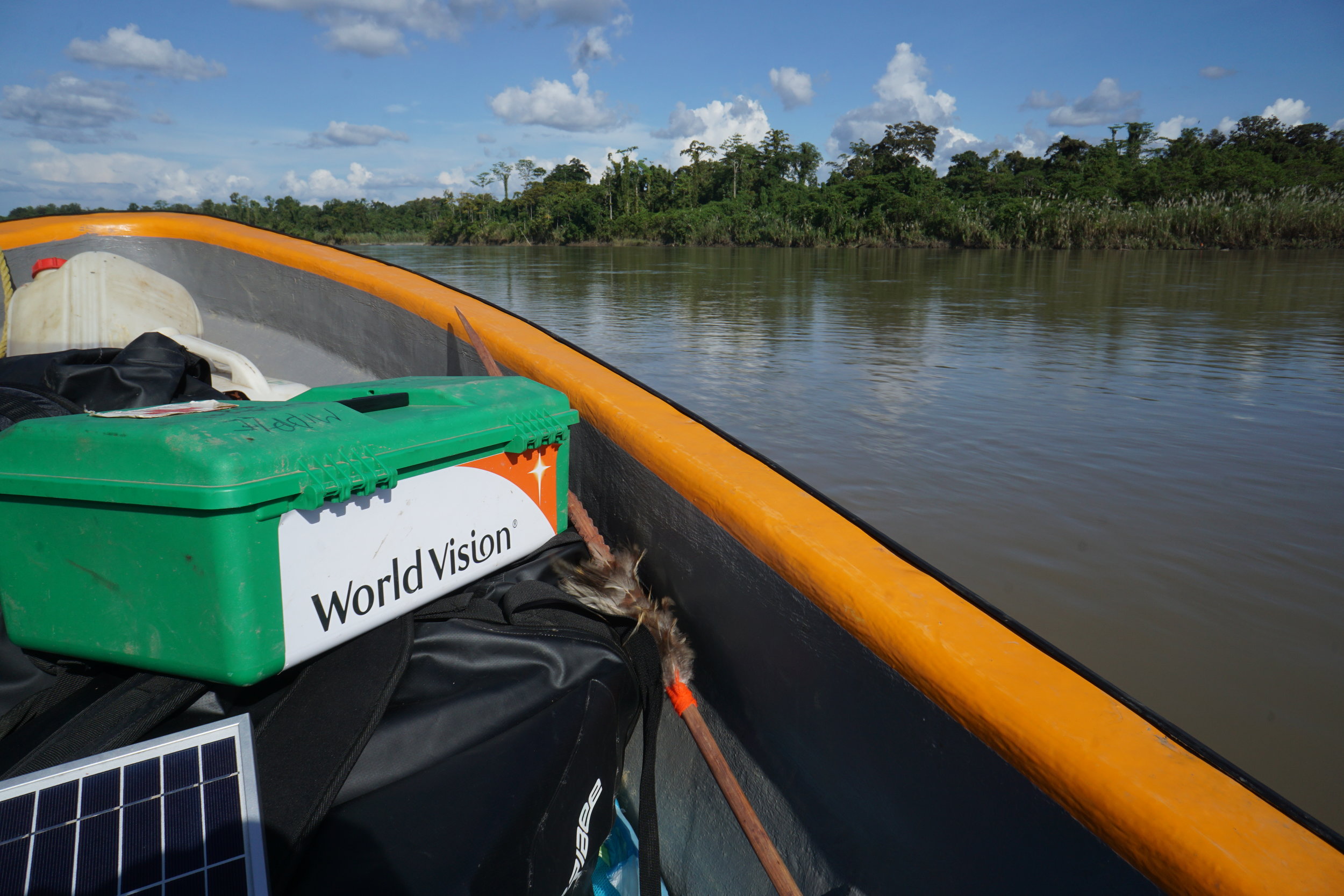We’re bringing drone light shows to Australia!
Global Unmanned Systems (GUS) is proud to announce our new venture Stellar Lights.
Since its inception in 2012, GUS has operated at the forefront of drone technology. We are excited to launch this cutting-edge capability as the only Perth-based drone light show provider.
GUS has been working hard behind the scenes to launch this new division of our business for many months. We commenced testing with just twenty drones and have now expanded our capacity to operate with one of the largest light show drone fleets in the southern hemisphere.
Our first shows will take off in November 2021 in collaboration with Fremantle Biennale as part of their CROSSING 21 contemporary art festival. We will showcase choreographed drone light shows at three locations along the Swan River. The festival’s headline show Moombaki (where the river meets the sky) will tell the ancient stories of the Whadjuk Nyoongar people and their deep connection to the waterway. Stellar Lights has worked in collaboration with artist Ilona McGuire and the creative team from Fremantle Biennale to deliver this ambitious project.
Stellar Lights is now taking bookings for drone light shows in 2022 and beyond. Visit our brand new Stellar Lights website. You can also follow Stellar Lights on Instagram or Facebook.
